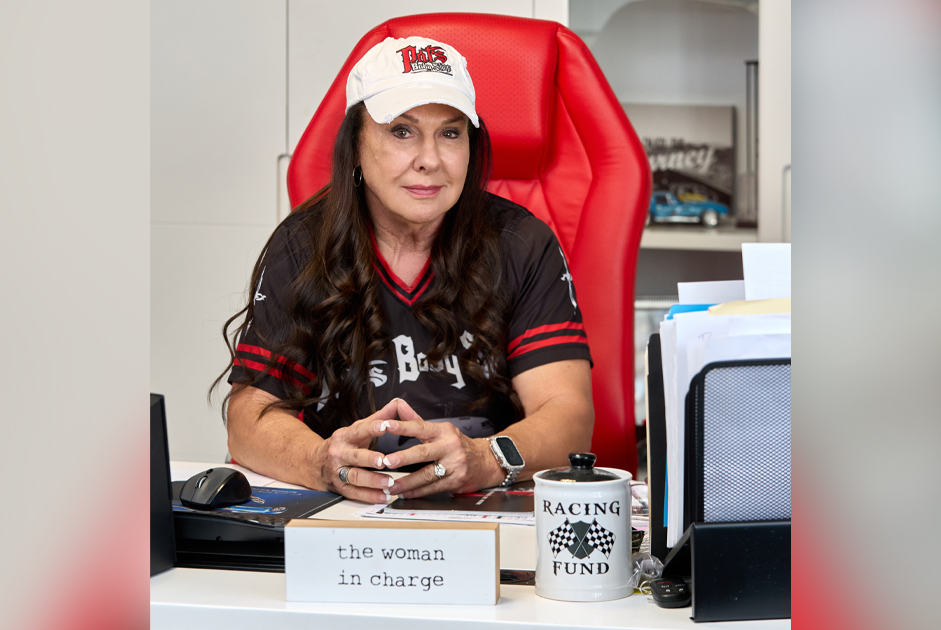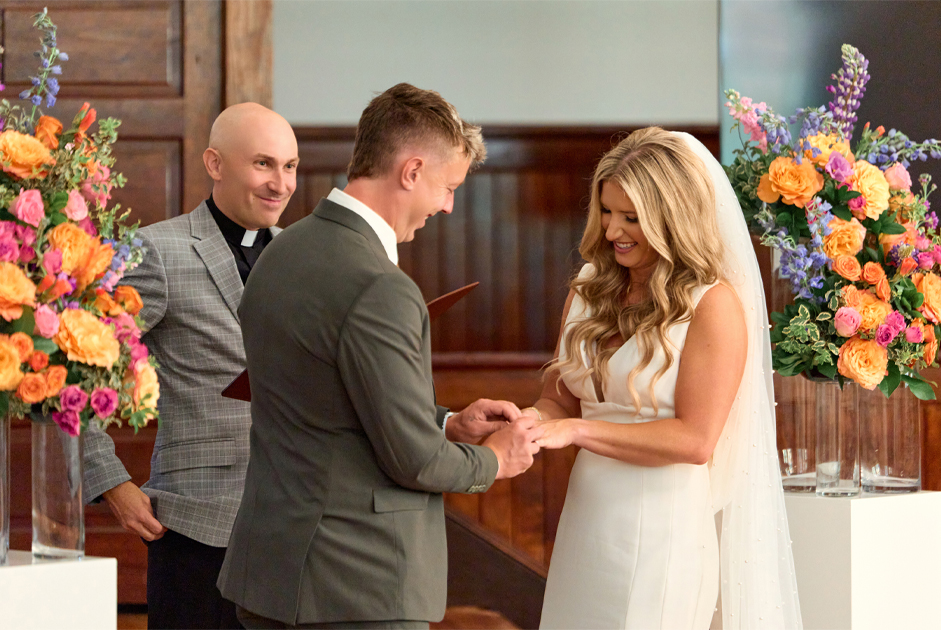Way back in the day, circa 1987, my high school friend Mitzi and I used to go on clandestine missions to find stylish treasures at the local Salvation Army thrift shop. When someone would ask where a particularly cool outfit or accessory came from, we would tell them “Sally’s” as if it were some fancy boutique because we didn’t want to reveal our secret. Sifting through donated clothing wasn’t quite as acceptable back then. Little did we know that we were actually early participants in the Sustainable Clothing movement!
Sustainable Fashion, sometimes referred to as Eco-fashion and ReFashion, is the long overdue movement meant to create change in the world of “fast fashion” where for decades the almighty dollar has been the driving force. Fast fashion is the term for our propensity to order inexpensive clothing items online or from big box stores like Amazon, H&M, Target, WishApp, etc. We like the instant gratification factor but often the quality is disappointing so the items are worn a couple times and then thrown away. These discarded items are not only filling our landfills but the conditions that these clothes are made in are often deplorable.
Sustainable Fashion means to altar the whole system of how clothing is produced, who produces it, and how long the life span of a product is before it reaches landfill. This means dealing with interdependent social, cultural, ecological, and financial systems.
Here in the Triad, you will be delighted to learn that some of your favorite shops are taking this issue quite seriously. From partnering with sustainable companies, using recycled materials, empowering women and simply highlighting the benefits of the customer service you receive locally, they shared their thoughts about the value of Sustainable Fashion with Forsyth Woman.
George Bambalis, President of Nitsa’s Apparel:

“The three major areas of sustainability are environmental social and economic. In the clothing industry the one place where much of the clothing is manufactured seems to ignore these issues of sustainability. Of course, I’m speaking about China where their abuses of their people and their human rights are unconscionable and where their concern for the environment is virtually nonexistent. Unfortunately, for many clothing designers and manufacturers, it is an economic reality that they must do business China. At Nitsa’s, our approach to sustainability is to source as many products as we can from companies manufacturing in nations committed to well-being of their employees and to the environment.”
Emily S. Davis, Owner of Fleet Feet:

“Many of our apparel brands are produced from recycled plastic and use less fabric dyes. Some brands are also starting to get away from each unit being packaged in a plastic bag. Brands that are really working on this are Rabbit, Oiselle, and Vuori.
The fast fashion brands are mostly produced in low income manufacturing and can’t afford to focus on recycled plastic fabric or less waste. ”
Emily Smith, Owner of Ellie Ray Boutique:

“One of my favorite brands that we carry at Ellie Ray Boutique is She & Sky. They offer a great selection of clothing from sizes small through 3xl. She & Sky is constantly on a mission to provide unique clothing that empowers women and celebrates the female form.
As a business owner, product quality is extremely important. If you have a great product that is well made, fits good and you believe in, it really helps build your relationships with your customers. Customers will spread the word that your clothing holds up, the type of customer service they received and even how beautiful they felt in that cute outfit we put together.
Supporting a local small business in your hometown is super important, especially nowadays. The difference between us and “fast fashion” places is you get to experience a service and let us help put that “perfect” outfit together for you. Whereas other “fast fashion” places you are just ordering from a big company, you have no clue the fit, the quality and even sizing.”
Donna + Ally Merriman, Fraleigh’s Boutique:

“Fast fashion isn’t limited to just everyday wear, we see it so often when it comes to Formal Wear too. We always hear “I ordered a dress online” “it didn’t fit right” “It wasn’t like it was pictured” When it comes down to buying a formal dress, trying on different styles and colors is what makes it fun! We pride ourselves on our one-on-one customer service and can help you not only find the perfect dress but also with shoes and accessories – to make it a one stop shop – and to have the perfect fit the first time around! A few brands we carry in formal wear are Alex Evenings, Adrianna Papell, SLNY, Jessica Howard.”
Marcie Appelt, Owner Styled Gatherings:

“I carry a jewelry line by a company called Tagua designed by Soraya Cedeno. It’s fair trade, sustainable, and handmade from 100% natural materials. The jewelry collection is carved from a sustainable nut called Tagua which grows from a palm tree found mainly in the Ecuadorian rainforest. Handmade by skilled artisans, maintaining the traditions of past generations in order to provide life changing opportunities for their families and community.”
Suzanne Lakey, Owner Southern Ties Boutique:

“We encourage shopping local to support your community. Southern Ties Boutique loves nothing more than working with you to find that perfect outfit for your event or date night all while learning about you and your family! It gives us great joy when customers share photos at weddings or just a night out with friends and we see the outfit we picked together. There is just something about that community spirit and we hope that is what brings ladies back to our boutique.”
Join the Movement!
Brooke Eagle, the Editor of this fine magazine, has made a commitment to stop purchasing clothing from Amazon. And although I’ve been on the thrift store bandwagon for over 30 years, I have also made a pledge to resist the instant gratification grab as I walk through Target. Here is a list to make changing to Slow Fashion fun and easy in your life.
1. Shop Local.
Whether you’re shopping for clothes, shoes, accessories or even art and home goods, make it common practice to think local first! Not only are you helping keep resources in your community, you’ll have the chance to speak with shop owners to learn more about their commitment to sustainability.
2. Donate and Shop Thrift.
It’s hard to think that some people just throw clothes away, but it happens. Before you donate yours, look at all the clothes you want to get rid of. Are they still in good condition? Now think of the person who will find them in a thrift store – and how happy they’ll be. Instead of going to a department store or the mall to buy new, take a look in your local thrift or vintage shops.
3. Buy natural fibers.
Not only is it better for you to buy natural fibers (synthetic fibers can be itchy and they can make you sweat more!), but it is better for the environment. Cotton and bamboo are two examples of natural fibers that make great fabrics and clothes.
4. Shop on Etsy.com.
Etsy is full of artists making great pieces: you can find hand-knitted scarves, hand-made jewelry, and lots of eco-friendly products. These artists care about what they do and each piece is special. In most cases, no one will have anything like it!
5. Use Ebayinstead of buying new.
Think of it as your online Thrift Store!
6. Learn to DIY.
Learning to sew is daunting but it can be a great skill to have. If you find a great skirt in a thrift store but it’s too big, you’ll be able to tailor it yourself! You can also start to learn how to turn your old clothes into something new: I love the idea of making hoodies out of old tee shirts!
7. Research the best eco-friendly brands.
It’s fashionable to be green: many high-end designer lines like Stella McCartney and Loomstate have started to support sustainable fashion. There are SO many great eco-friendly brands out there that sell fabulous products. Take a list of the brands you’d like to see to your local boutiques – you may be surprised to find they are already carrying them or they might be happy to start.
8. Shop your own wardrobe!
Instead of buying all new stuff each season, think about how you can make what you have look new again. Do you have accessories that you haven’t worn in years that you could use to spruce up a current outfit? How can you mix pieces together to create new looks? Be creative and have fun with it.
9. Experiment.
Don’t be afraid to use your favorite pieces together to create a new outfit – you don’t need a new bag to pull an outfit together… you might just need to experiment with your options. Don’t limit yourself!
10. Get educated… and educate those around you!
Sustainable fashion isn’t a political idea – it is an idea to help our planet continue to thrive, something I think we can all agree is important. I know I want the world to be as beautiful for my children (and my grandchildren!) as it was for me. Sustainable fashion helps to make that dream an attainable reality.



















